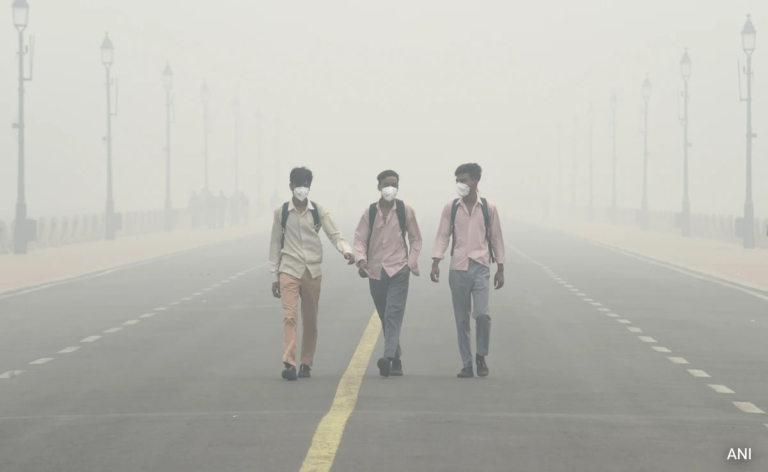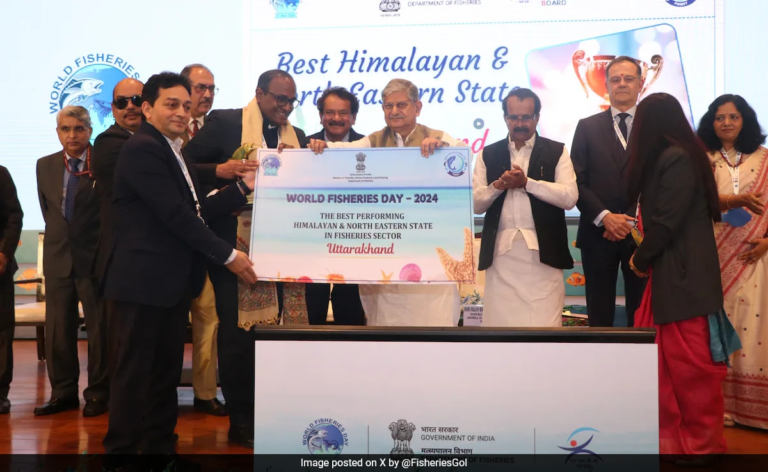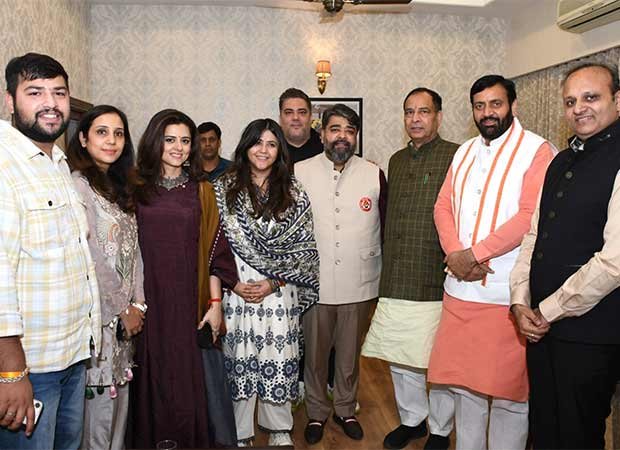

The 96-year-old old parliament building was opened in 1927.
New Delhi:
The Indian parliament, through an official notification today, made the historic move from the well-loved circular Lutyens building to the mammoth lion-capitol-topped triangular edifice on Central Vista that is seen as the emblem of a New India.
Here are the top 10 points in this big story:
-
Sources said after a photo session and a function in the Central Hall of the old parliament building, the Prime Minister will walk to the new Parliament House, carrying a copy of the Constitution. All the MPs will follow him on foot and later, meet at their respective chambers in the new parliament.
-
Former Prime Minister Manmohan Singh, JMM leader Shibu Soren and BJP MP Maneka Gandhi have been invited to address the special function in Central Hall of Parliament as seniormost parliamentarians.
-
The 96-year-old building — opened in 1927 — where the “midnight hour” speech was delivered by Jawaharlal Nehru and the Constitution was adopted, was seen as inadequate for the needs of the present day, especially in terms of modern info-tech facilities and offices for MPs.
-
The building — designed by British architects Sir Edwin Lutyens and Herbert Baker — will be “conserved, as it is an archaeological asset of the country,” sources have said.
-
In his address at the Day One of the special session of parliament, PM Modi said, “We are leaving this building with hope for the future… Today is the day for remembering the 7,500 MPs who have served here… I salute every brick of this building”.
-
He also recalled the milestones added over the last nine years – including the scrapping of Article 370 and the introduction of “One Nation One Tax” GST.
-
In May, the new parliament building on Kartavya Path, the heart of Delhi, was opened by PM Modi. The building can seat 888 members in the Lok Sabha chamber and 300 in the Rajya Sabha chamber. For a joint sitting of both houses, 1,280 MPs can be accommodated in the Lok Sabha chamber.
-
Each Member of Parliament will have a 40 sq m office space in the redeveloped Shram Shakti Bhawan, which will be completed by 2024. The national archives will also move from the old building to the new.
-
The four-storey structure has a built-up area of 64,500 square metres. It has three main gates — Gyan Dwar, Shakti Dwar and Karma Dwar — and separate entrances for VIPs, MPs and visitors. A composite animal guards every door.
-
The building planners have drawn inspiration from temples and scriptures. It has a wall, Jan Janani Janmabhoomi, painted by grassroot artists. There are also three galleries to showcase music, crafts and architecture. The building showcases the country’s glorious heritage, with contributions from artisans and sculptors from across the country, sources said.




